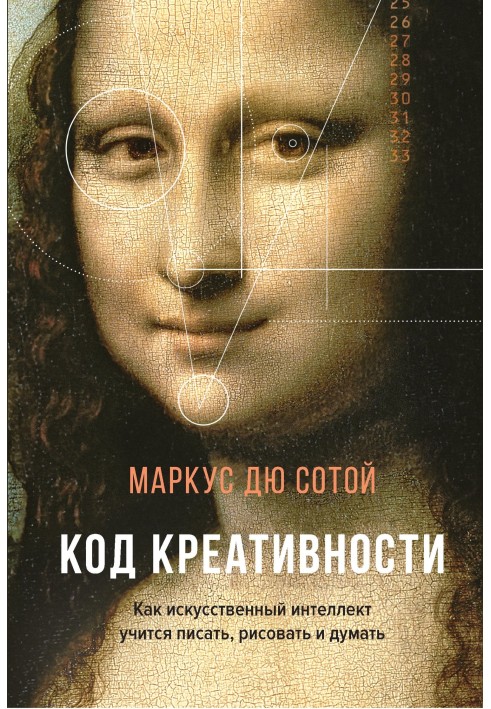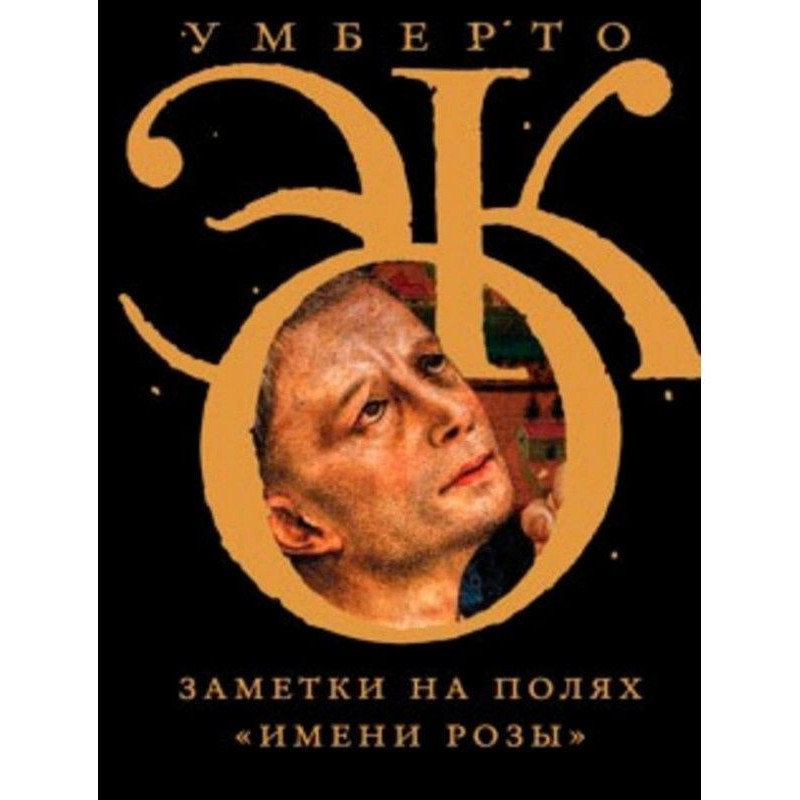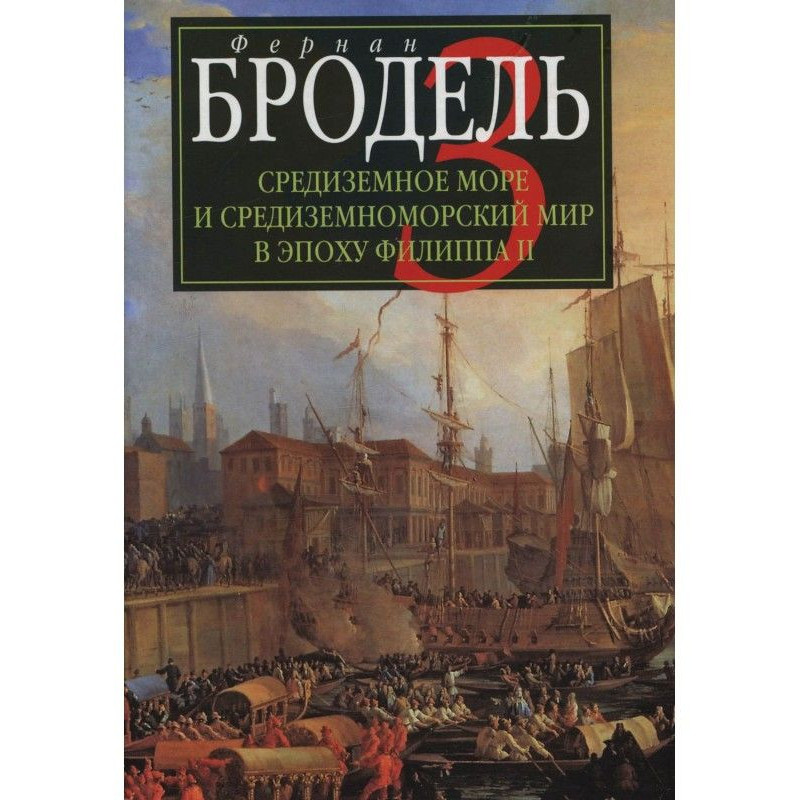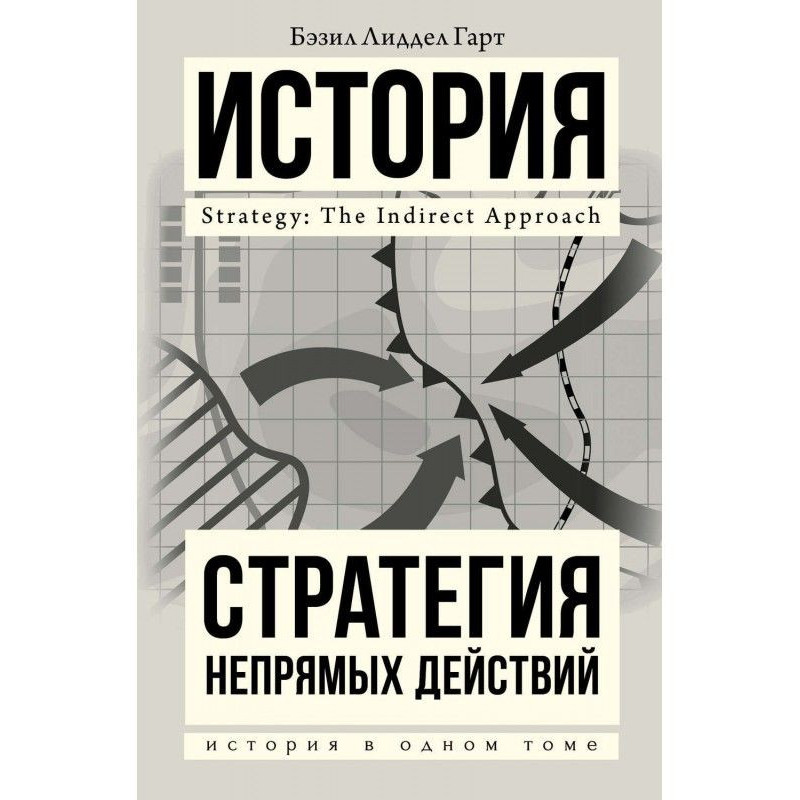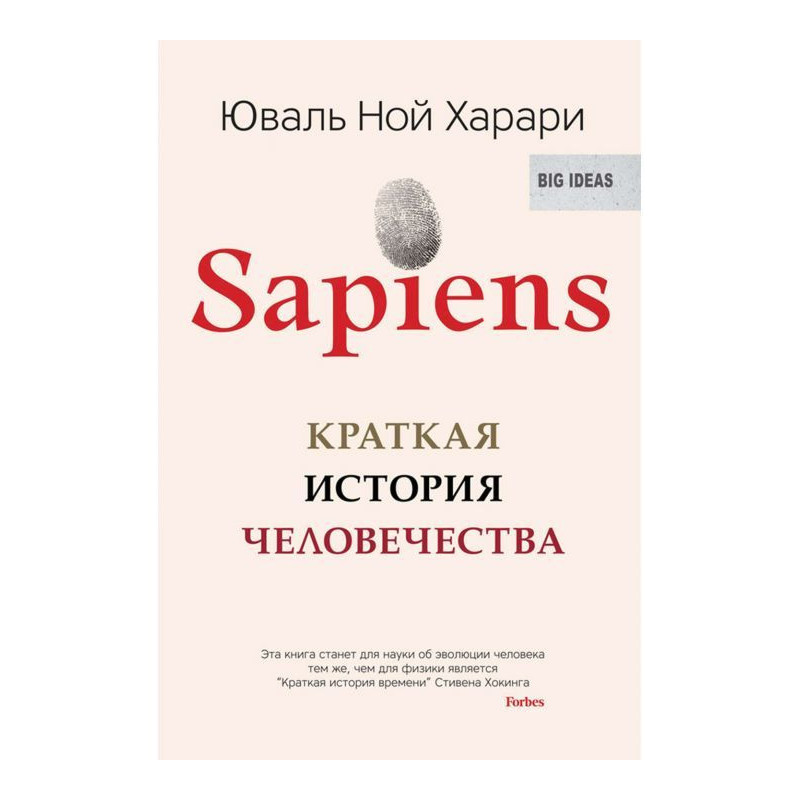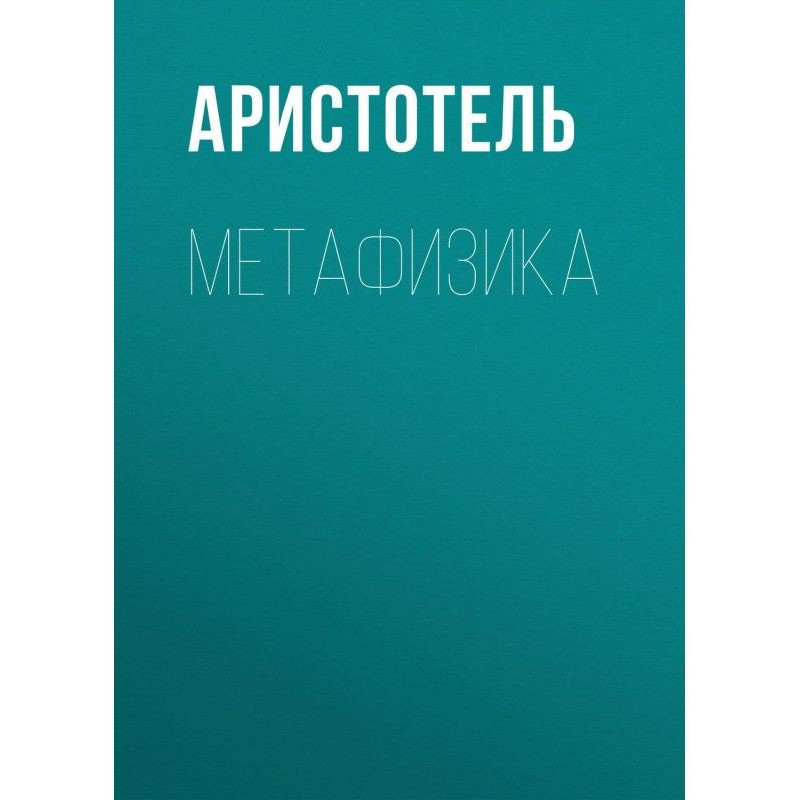Creativity code. How artificial intelligence learns to write, draw and think
 Instant download
Instant download
after payment (24/7)
 Wide range of formats
Wide range of formats
(for all gadgets)
 Full book
Full book
(including for Apple and Android)
Renowned Oxford professor and science communicator Marcus du Sautoy explores the nature of creativity, highlighting the most important aspects of how algorithms work and the mathematical rules that underlie them. He asks how much of our emotional response to works of art is driven by the brain's response to patterns and structures, and what exactly it means to be creative in mathematics, art, literature and music. Based on vivid examples of how the harmony of world masterpieces is “verified by algebra,” including Pushkin’s “Eugene Onegin,” George R. R. Martin’s “A Song of Ice and Fire,” and “Harry Potter”; the musical works of Wagner and Schubert, on the one hand, and the work of Massive Attack, the Beatles, Bob Dylan, on the other, the author finds out how long it will take for machines to learn to create truly creative works and whether they, in turn, can stimulate our imagination . The result is a fascinating and completely unusual exploration of both artificial intelligence and the essence of what it means to be human. “Artificial intelligence is shaking the very foundations of our existence, demonstrating how much of what people do can be done by machines, and even better than them. But this book is less about a future with self-driving cars and computerized medicine than about whether algorithms can compete in any meaningful way with the power of human code. Are computers capable of creativity? What does it take to be creative? To what extent is the emotional response to works of art the result of the brain's response to certain designs and structures? These are some of the topics we will look at." (Marcus du Sautoy)The publishing layout of the book is saved in PDF A4 format.
Data sheet
- Name of the Author
- Маркус дю Сотой
- Language
- Russian
- Translator
- Дмитрий Александрович Прокофьев
Reviews
Вражаюче дослідження творчості та штучного інтелекту!
Книга "Код творчості" Маркуса дю Сотой - це справжній шедевр, який відкриває нові горизонти у розумінні творчості та її зв'язку з технологіями. Автор, будучи оксфордським професором, майстерно поєднує наукові дослідження з яскравими прикладами з літератури, музики та образотворчого мистецтва, що робить читання не лише пізнавальним, а й захоплюючим. Дю Сотой ставить важливі питання про природу творчості, емоційний відгук на мистецтво та можливості штучного інтелекту в цій сфері. Його аналіз алгоритмів та математичних структур, які лежать в основі творчих процесів, спонукає до глибоких роздумів про те, що означає бути людиною в епоху технологій. Ця книга стане знахідкою для всіх, хто цікавиться перетворенням мистецтва та науки, а також для тих, хто прагне зрозуміти, як штучний інтелект може вплинути на наше сприйняття творчості. Рекомендую всім, хто хоче розширити свої горизонти та заглибитися у світ творчості!

